热回收在除湿机中的应用特性研究
摘要当今社会能源问题日益严重,倡导节约能源、降低能耗已经成为必要手段。本文将具有热回收作用的叉流板式热交换器应用于传统的冷冻除湿机中,设计了一套具有热回收作用的除湿机,热回收除湿机除了能起到对室内空气降湿的作用之外,也可以大大节约能耗。针对于热回收除湿机的特点,本文做了一系列的研究。板式热交换器中,冷热流体以正交叉流的方式流经换热通道,由于冷热流体的温度在流动过程中是不断变化的,这种温度的变化不仅仅发生在沿流体流动方向,在垂直于流体流动方向也同样有温度差的存在,即使在同一流面上温度也不是均匀分布的。确定板间温度场的分布,对机组性能模拟的准确性起到了至关重要的作用。本文建立了板式热交换器板间温度...
相关推荐
-
我国基层财政困难的制度成因分析与对策研究VIP免费
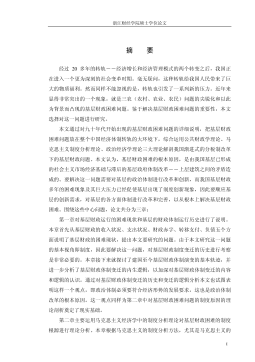
 2024-09-20 25
2024-09-20 25 -
我国煤电产业链纵向交易合约机制研究VIP免费
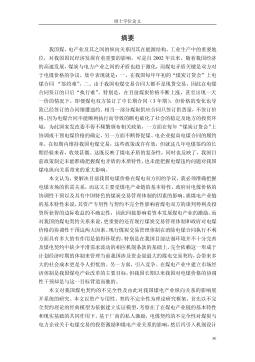
 2024-09-20 23
2024-09-20 23 -
生产要素视角下的上海市产业结构优化研究VIP免费
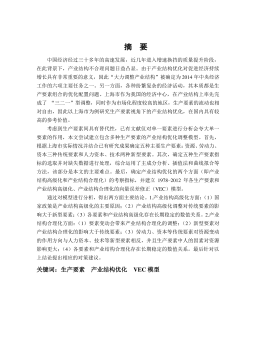
 2025-01-09 6
2025-01-09 6 -
我国银行业结构与经济结构关系研究VIP免费
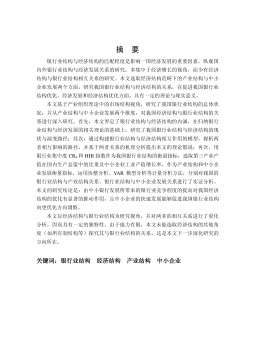
 2025-01-09 7
2025-01-09 7 -
大数据视角下农业供应链金融研究VIP免费
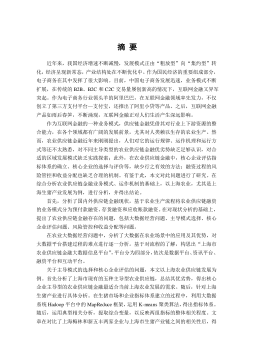
 2025-01-09 6
2025-01-09 6 -
跨国大型综合超市的规划研究VIP免费
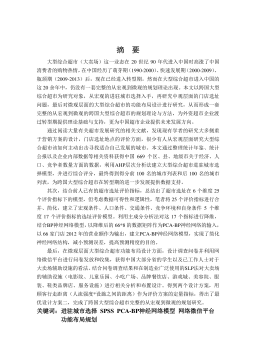
 2025-01-09 6
2025-01-09 6 -
跨境电商农产品质量安全问题研究VIP免费
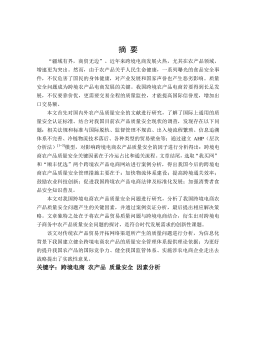
 2025-01-09 6
2025-01-09 6 -
世界市场的虚拟化与我国国际电子商务发展方向研究VIP免费
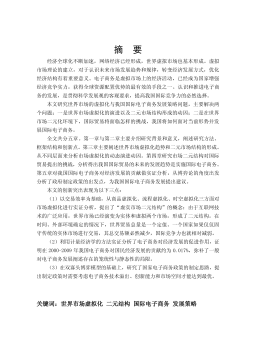
 2025-01-09 6
2025-01-09 6 -
中国政府对电力行业的价格规制问题研究VIP免费
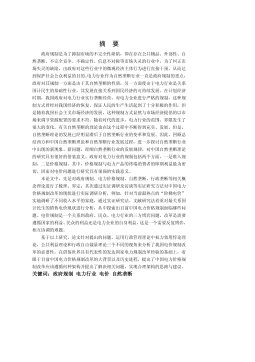
 2025-01-09 6
2025-01-09 6 -
中小企业信息化系统集成技术研究VIP免费

 2025-01-09 11
2025-01-09 11
相关内容
-

跨国大型综合超市的规划研究
分类:高等教育资料
时间:2025-01-09
标签:无
格式:PDF
价格:15 积分
-

跨境电商农产品质量安全问题研究
分类:高等教育资料
时间:2025-01-09
标签:无
格式:PDF
价格:15 积分
-

世界市场的虚拟化与我国国际电子商务发展方向研究
分类:高等教育资料
时间:2025-01-09
标签:无
格式:PDF
价格:15 积分
-

中国政府对电力行业的价格规制问题研究
分类:高等教育资料
时间:2025-01-09
标签:无
格式:PDF
价格:15 积分
-

中小企业信息化系统集成技术研究
分类:高等教育资料
时间:2025-01-09
标签:无
格式:PDF
价格:15 积分






